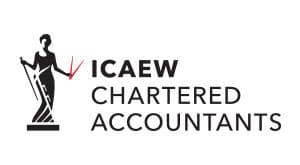In the business world, there are two types of company insolvency. First is the inability to pay debts on time, which is called cash flow insolvency. The other form involves having more liabilities than assets, and will create a situation where balance sheets are in the red. The latter allows a company to continue paying their debts, but there is a potential that liabilities could eventually disrupt cash flow.
Modern business practices often focus on restructuring a company to overcome their financial inequities. In the United States, businesses are often allowed to continue operations through the use of Chapter 11 Bankruptcy. Many other countries require that all business be suspended while a company remains insolvent.
Many industries, such as insurance and traders are under specific regulation when they become insolvent. Special tests can be performed to determine if the company insolvency is something that may be rehabilitated, or liquidation is necessary. Usually help is offered by the government or other regulatory body to help restructure their debt in a manner that will allow business to continue. These steps are taken to protect not only the assets of the insolvent company itself, but their clients as well.
Large companies are often able to continue business while unable to pay their debts, long before they actually declare insolvency. This is due either to manipulation of assets in comparison to liabilities, or a projected increase in profits in the near future. While working capital remains more abundant than debts requiring payment, a company can continue normal operations. A 3 to 1 ratio of liabilities to debt is considered risky, and anything over that number is cause for great concern. Understanding company insolvency is essential for business owners, investors and clients. Markets can be highly volatile and assets alone should not be used as a means of determining a companies financial status.






 Production
Production
